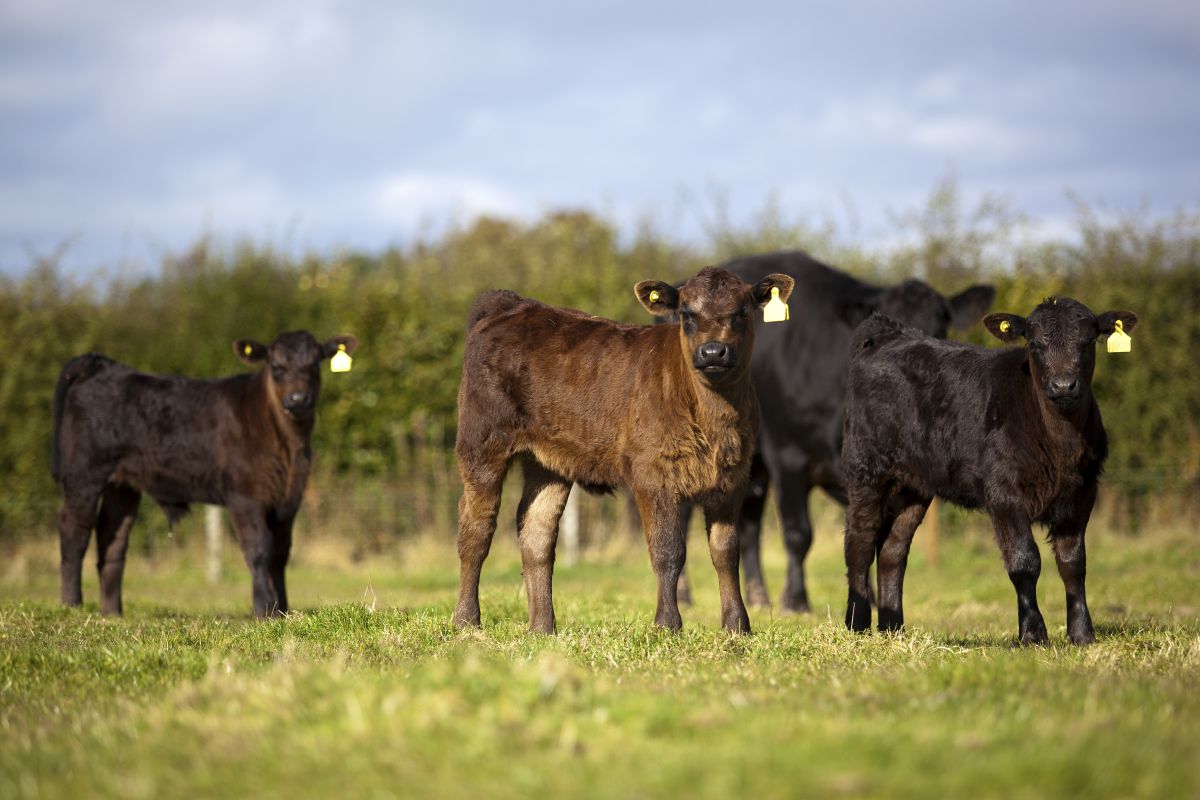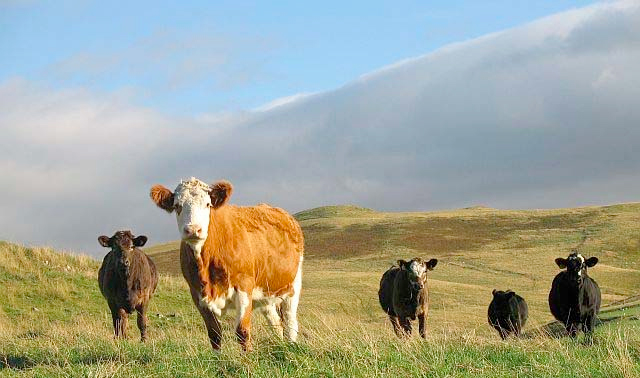
A range of factors are expected to cause cattle and beef prices in many major beef countries to stay subdued or soften over the second half of 2016.
According to Rabobank Beef Quarterly Q3 2016, at a global level, lower beef prices in the US and a slowing Chinese economy is creating a downward pull on prices.
Brazil is an exception, however, with an improving economic outlook and increased beef exports cattle prices are expected to increase.
US and Canadian cattle prices dropped through 1H 2016, while other countries’ prices—especially Australia and Brazil—increased, resulting in the Rabobank Beef Index tracking in a reasonably consistent range for 1H 2016.
The feature article for this quarterly focuses on Russia and its role in the global beef trade complex.

Until recently, Russia used to be a dominant player in the global beef trade complex, however, geopolitical events and a depreciating currency has seen it withdraw from global trade.
Despite Russia’s focus on developing its domestic beef industry, a contraction in the dairy herd and withdrawal from global beef trade has resulted in a shortage of beef and a rise in domestic beef prices.
According to Angus Gidley-Baird, Senior Analyst Animal Proteins: "Russian beef imports have the potential to return to pre-2015 levels if import bans are removed, the oil price recovers, and the rouble regains strength.
"However, with import bans recently extended to the end of 2017, and with the continuing bleak economic outlook, beef imports into Russia are not expected to change in the coming years."
US and Brazil reopen fresh beef trade
In August, the US and Brazilian governments agreed to reopen trade of beef and beef products for the first time since 2003.
Brazilian exports will be limited by the tariff quota of 64,800 tonnes for 'other countries', however, exports of around 40,000 tonnes are possible in 2017.
China’s slowing economy affecting beef consumption
Q3 is usually the peak season for animal protein consumption in China, and beef prices will be supported by the rising seasonal demand.
However, in the longer term, domestic beef prices are expected to decline given exposure to a weaker economy which is expected to slow further in 2017.
First Indian bovine imports arrive in Indonesia
A decision by the Indonesian government now permits imports of Indian bovine meat.
An initial shipment of 10,000 tonnes was approved, with the government indicating potential import volumes of 80,000 tonnes in 2016.
Despite this, beef prices in Indonesia remain strong.
Australian cattle prices expected to ease slightly
A combination of improved seasons, resulting in slightly more heavier cattle being available, and the ongoing margin squeeze felt by processors and feedlots, leads the market to expect to see prices ease slightly from their record highs through the remainder of 2016.
Although with limitations on supply remaining critical, prices will continue to remain high.
